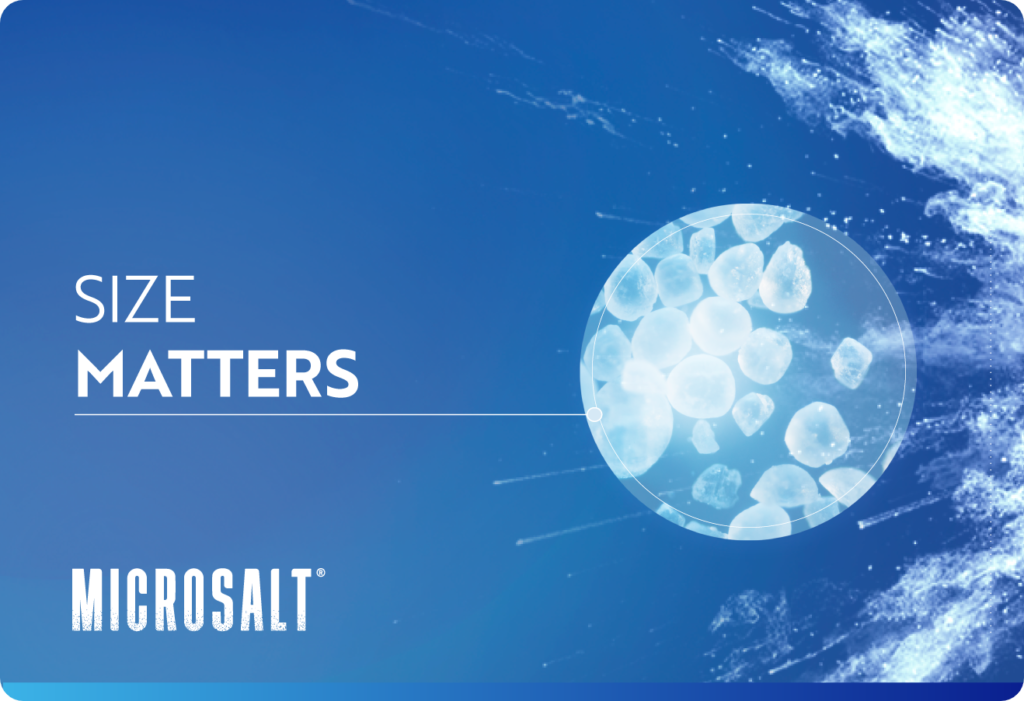It’s well-known that the smaller the salt crystals, the saltier they taste, which means less is more, an enticing proposition for snack makers looking to reduce sodium. However, simply finely grinding table salt and sprinkling it on potato chips won’t do the job, as you can’t get the particles down to the (microscopic) size that really makes a difference… plus they lose their free-flowing properties and stick together.
Enter MicroSalt . Engineered using a patented process that reduces particle sizes from 200-500 microns to under 2 microns, MicroSalt has the consistency of powder (but doesn’t clump together as long as it remains dry) and can help snack manufacturers slash sodium by 50% and retain their clean labels because it is listed simply as ‘salt’ on the ingredients list.
The process – enshrined in the US patent 8,900,650 B1 and updated by the pending patent 16/535703 – involves dissolving salt in water, adding a food-grade carrier such as maltodextrin or gum arabic (which adheres to thousands of nanoparticles of salt and prevents big salt crystals from reforming), and then rapidly drying/evaporating the solution.




